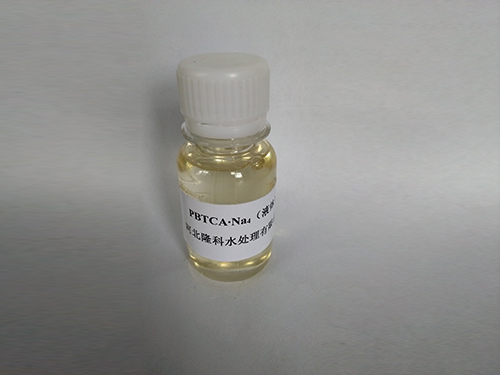polyacrylamide production
An Overview of Polyacrylamide Production
Polyacrylamide (PAM) is a synthetic polymer derived from acrylamide monomers, and it plays a vital role in a variety of industrial applications, including water treatment, agriculture, and the oil industry. The production of polyacrylamide involves several key steps that ensure the polymer meets the specific requirements of its intended uses. The demand for polyacrylamide has been steadily increasing due to its versatility and effectiveness, prompting advancements in production methods.
The Production Process
The production of polyacrylamide begins with the polymerization of acrylamide monomers. Typically, this process can be carried out through either solution or solid-phase polymerization. The choice of method depends on the desired properties of the final product, including its molecular weight and cross-linking degree.
1. Monomer Preparation The production process initiates with the careful preparation of acrylamide monomers. Acrylamide is derived from acrylonitrile, which undergoes hydrolysis. The resulting acrylamide must be of high purity, as impurities can affect the quality of the final polymer.
2. Polymerization The polymerization process can occur through radical initiation, where chemical initiators or heat generate free radicals that start the polymerization chain reaction. Common initiators include potassium persulfate, ammonium persulfate, and other organic peroxides. This phase is critical, as it influences the molecular weight of the resulting polyacrylamide, affecting its viscosity and strength.
3. Control of Parameters During polymerization, several parameters need to be controlled, including temperature, pH, and concentration of the initiators. The optimization of these conditions can lead to tailor-made polymers that meet exact specifications for various applications.
4. Purification After polymerization, the resultant polyacrylamide gel must be purified to remove unreacted monomers and other by-products. This is usually done through washing and drying processes. The removal of residual acrylamide is particularly essential, as it is a neurotoxin, and ensuring its low concentration in the final product is a regulatory requirement in many countries.
polyacrylamide production

5. Formulation Once purified, the polyacrylamide may be formulated into various grades, such as nonionic, anionic, or cationic, each suited for different applications. Anionic and cationic polyacrylamides are particularly popular in water treatment processes, where they serve as flocculants to remove impurities.
Applications
Polyacrylamide's broad range of applications is one of the main drivers of its production. In water treatment, it is employed to enhance sedimentation and reduce turbidity. In agriculture, it helps improve soil structure and moisture retention, leading to enhanced crop yields. Furthermore, in the oil and gas industry, polyacrylamide is utilized as a thickening agent in enhanced oil recovery processes.
Environmental Considerations
Despite its wide-ranging benefits, the production and use of polyacrylamide also raise environmental concerns. The toxicological aspects of acrylamide, particularly its potential for water pollution, require manufacturers to implement stringent controls throughout the production process. Research is ongoing to develop environmentally friendly production methods and biodegradable alternatives to traditional polyacrylamide, ensuring that its benefits can be enjoyed without compromising environmental safety.
Conclusion
The production of polyacrylamide is a complex but manageable process that bridges chemistry and industrial applications. As technology advances, the methods used for its production will continue to evolve, focusing on efficiency and environmental sustainability. With ongoing research and innovation, polyacrylamide will remain a critical polymer in various sectors, reinforcing its importance in modern industrial practices.
-
Pbtc Scale InhibitorPBTC: A Scale Protector for Industrial Water TreatmentNewsAug.05,2025
-
Organic Phosphonate: An Efficient Defender in the Field of Scale InhibitionNewsAug.05,2025
-
Hydrolyzed Polymaleic Anhydride: Green Pioneer in Scale Inhibition FieldNewsAug.05,2025
-
PAPEMP Polyamino Polyether Methylene Phosphonic Acid For SaleNewsAug.05,2025
-
Flocculant Water Treatment: A Pioneer in Purification in the Field of Water TreatmentNewsAug.05,2025
-
Benzyl Isothiazolinone: An Efficient and Broad-Spectrum Antibacterial Protective GuardNewsAug.05,2025





